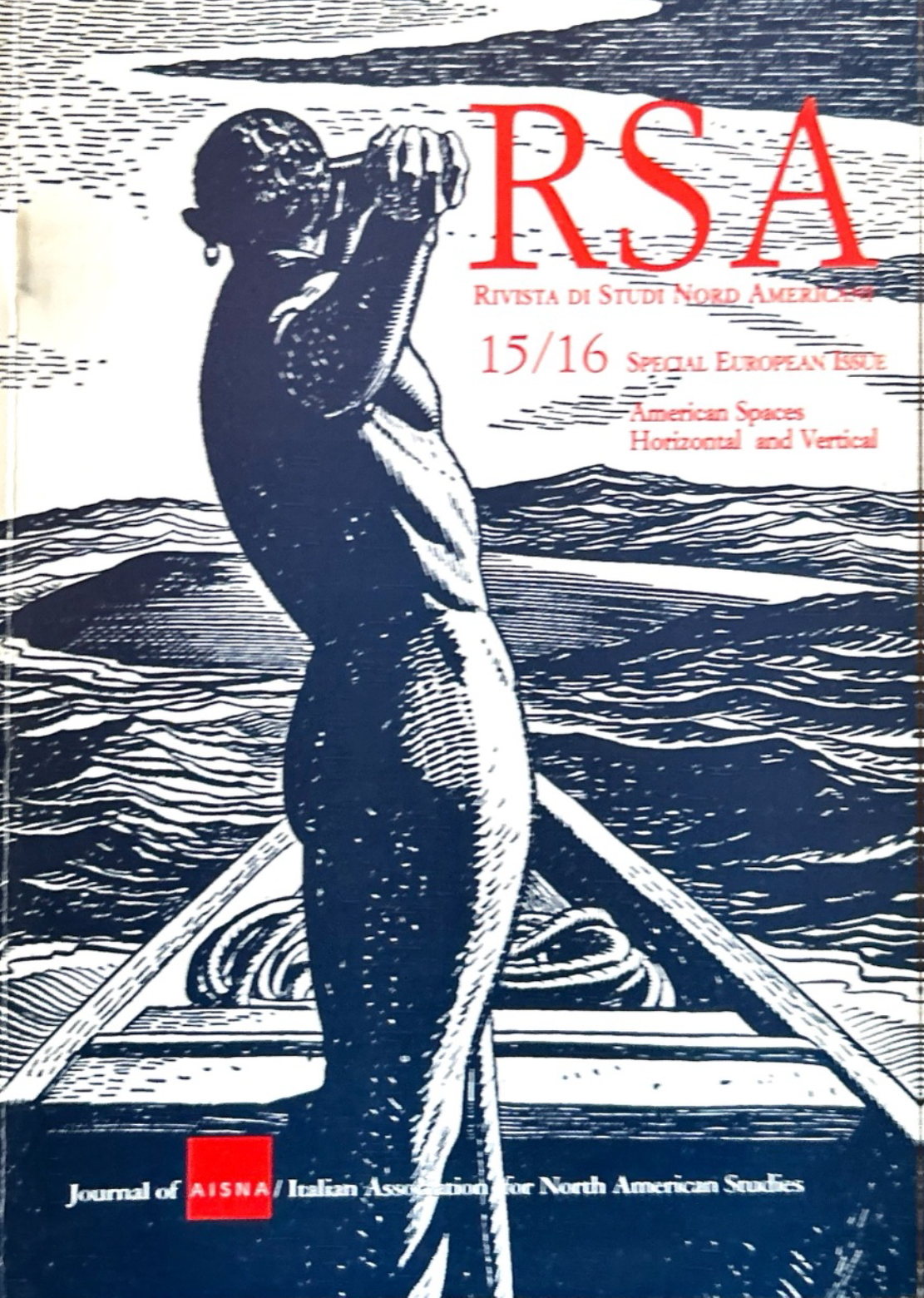Henry James and Vittor Carpaccio
The Horizontal and Vertical in Art
DOI:
https://doi.org/10.13135/1592-4467/8802Keywords:
art, horizontality, verticalityAbstract
The paper investigates the theme of the Vertical and the Horizontal in Art by examining James's relation with Vittor Carpaccio, an artist he extols in the "Venice" essay (1882) in Italian Hours by declaring that "there is something ridiculous in talking of Venice without making him almost the refrain," but of whom, surprisingly, readers find no trace in James's Venetian fiction. The Horizontal in Art — the depiction of the tangible world — is treated in relation to the vertical religiosity of Carpaccio's art, which becomes in James the transcendent dimension of the art of writing. Since James's love for Carpaccio was deeply influenced by John Ruskin's "discovery" of the same painter, the paper focuses also on the influence of the elder writer's works on James's view of the lagoon city and its art.
Downloads
Published
Issue
Section
License
RSAJournal will apply a CC BY 4.0 license to all its contributions starting with issue 37 (2026). Previous issues are licensed under a CC BY-NC-ND licence.





